ASEAN’s deal with Australia and New Zealand sees added benefit
This month, officials from Vietnam, together with the other nine ASEAN nations and Australia and New Zealand, are set to complete all necessary procedures so that they can officially ink the second protocol to amend the ASEAN-Australia-New Zealand Free Trade Area (AANZFTA) next month. At present, negotiations have been completed.
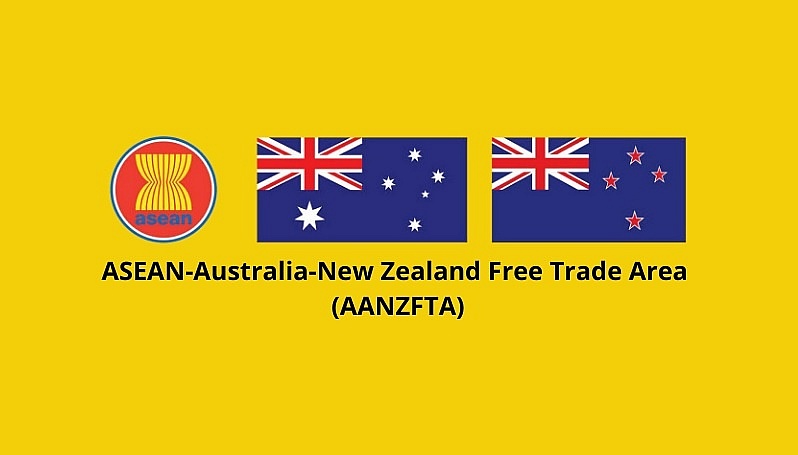 |
| ASEAN’s deal with Australia and New Zealand sees added benefit |
The upgrade comes at a time when many developed economies – including Australia and New Zealand – are increasing their footprint in Southeast Asia to diversify their supply chains and reduce trade risks.
Dina Kurniasari, director general of ASEAN Negotiation under Indonesia’s Ministry of Trade, said, “The protocol is expected to be inked on the sidelines of the 28th ASEAN economic ministerial-level meeting with Australia and New Zealand in August,” Kurniasari said. “Compared to the current deal, the upgraded version will make it more favourable for businesses to tap into the markets of ASEAN, Australia, and New Zealand.”
The AANZFTA was signed in 2009 and took effect in 2010. It was first upgraded via the first protocol for amendments signed in 2014 and taking effect in 2015. The agreement embraces an area with a population of more than 650 million people and over $4.5 trillion in combined GDP.
“The upgraded agreement will deliver a range of value-added elements, including new chapters and provisions on micro, small, and medium-sized enterprises (MSMEs), trade and sustainable development, and education services,” said Australia’s Department of Foreign Affairs and Trade (DFAT). “The value-added elements will also cover enhanced provisions on e-commerce, competition, customs procedures and trade facilitation, trade in goods, rules of origin, trade in services, and investment.”
“The upgraded AANZFTA will support our service suppliers, goods exporters and investors to grow their reach into ASEAN and accelerate trade diversification. It will foster greater commercial linkages and drive cooperation,” it continued.
According to the ASEAN Secretariat, businesses benefit from the AANZFTA upgrade via improved transparency solutions; lower costs and time for exports and imports; use of technological solutions for trade; cooperation in digital technology, sustainable development, and education services; increased participation of MSMEs in economic activities, including government procurement; and smoother flow of essential goods during periods of crises.
Law firm Dezan Shira & Associates also commented that by upgrading the AANZFTA, the participating countries hope to spur post-pandemic growth, facilitate trade, make supply chains more resilient, and encourage sustainable development.
“Tariff reductions under the AANZFTA were completed in 2020, leading to the decrease of tariffs on over 90 per cent of goods traded between the countries. In ASEAN’s more developed markets, the agreement has reduced tariffs on up to 96 per cent of goods. The agreement also eliminated non-tariff barriers, such as export subsidies and quotas on imports and exports,” Dezan Shira & Associates said.
According to Vietnam’s Ministry of Industry and Trade (MoIT), the two-way trade between Vietnam and Australia enjoyed a record on-year growth of 26.91 per cent to $15.7 billion last year, including $5.55 billion and $10.14 billion worth of Vietnam’s exports and imports, respectively.
Both nations’ two-way trade value figure stood at $4.52 billion in the first four months of this year, including $1.69 billion and $2.83 billion worth of Vietnam’s exports and imports, respectively.
Early last month, Australian Prime Minister Anthony Albanese paid an official visit to Vietnam, with both nations announcing the inaugural Australia-Vietnam Trade Ministers’ Dialogue.
PM Albanese and counterpart Pham Minh Chinh discussed expanding bilateral cooperation on climate, energy and the environment, including a new Australian commitment of $105 million focussed on enabling Vietnam to increase its uptake of clean energy and clean energy infrastructure and to update its mining law to draw foreign investment to develop Vietnam’s critical minerals resources.
“Looking to the future, leaders also welcomed growth in air links between the two countries with the increase in direct flights and the addition of new direct flights from Vietnam to Brisbane, which will boost tourism and trade ties,” said the Australian Embassy to Vietnam.
Both countries are now underway to elevate the Australia-Vietnam relationship to a comprehensive strategic partnership, from the existing strategic level.
As of June 20, Vietnam attracted nearly $2 billion in registered investment capital from Australia for 602 projects.
The DFAT highlighted Vietnam on its website as an attractive to Australian investors. “Vietnam’s economy attracts strong domestic and foreign investment flows. Its rapid industrialisation, geographic proximity to rapidly growing economies, and embrace of trade liberalisation has led Vietnam to become one of the most trade intensive economies in the world.”
Australian investment is concentrated mainly in manufacturing and processing industries; food services; agriculture, forestry and fisheries. Prominent Australian investors in Vietnam include Austal, Blackstone Minerals, BlueScope Steel, CBH Group, LOGOS, Linfox, Mavin Group, RMIT University, and SunRice.
Meanwhile, the Vietnam-New Zealand bilateral trade turnover last year hit over $1.4 billion, up over 20 per cent on-year, according to the MoIT. At a bilateral meeting on June 27 in China between PM Chinh and New Zealand’s PM Chris Hipkins, both leaders set a target of raising the two-way trade turnover to $2 billion next year. They agreed to encourage a more open market for goods, including agricultural products.
New Zealand has the fourth-highest vegetable export turnover in Vietnam, accounting for 7 per cent of the market. In 2022, New Zealand began to import citrus products from Vietnam. Vietnamese limes became popular there alongside other existing Vietnamese products in New Zealand, such as dragon fruit.
As of June 20, Vietnam lured in nearly $208.3 million in registered investment capital from New Zealand for 51 projects.
| In line with the ASEAN Community Vision 2025, the AANZFTA aims for sustainable economic growth in the region by providing a more liberal, facilitative and transparent market and investment regimes among the twelve signatories to the agreement. - Tariffs will be progressively reduced from entry into force of the agreement, and eliminated for at least 90 per cent of all tariff lines within specified timelines; - Movement of goods will be facilitated via a more modern and flexible rules of origin, simplified customs procedures, and more transparent mechanisms; - Barriers to trade in services will be progressively liberalised, allowing for greater market access to service suppliers in the region; - Movement of business persons, those engaged in trade and investment activities, will be facilitated; - Covered investments will be accorded a range of protection, including the possibility of dealing with disputes via an investor-state dispute settlement mechanism. Source: ASEAN Secretariat |
What the stars mean:
★ Poor ★ ★ Promising ★★★ Good ★★★★ Very good ★★★★★ Exceptional
Related Contents
Latest News
More News
- Six localities record double-digit growth as regional performance diverges in 2025 (January 06, 2026 | 18:00)
- Vietnam’s domestic market to grow 10-12 per cent from 2026-2030 (January 06, 2026 | 17:58)
- FDI inflows reach $38.42 billion in 2025 (January 06, 2026 | 17:55)
- E-commerce market undergoes transformation amid rising competition and regulation (January 06, 2026 | 17:54)
- $2.1 billion Nghi Son LNG-fired thermal power plant waits for investor (January 06, 2026 | 17:51)
- Vietnam’s industrial output hits seven-year high in 2025 (January 06, 2026 | 17:47)
- GE Vernova powers up Vietnam with first 9HA gas power plant in the country (January 06, 2026 | 16:54)
- From easy money to selective bets: investment prospects for Vietnam in 2026 (January 06, 2026 | 16:51)
- The green hydrogen and ammonia future for Vietnam (January 06, 2026 | 15:03)
- Vietnam’s seafood exports surpass $11 billion in 2025 (January 06, 2026 | 08:51)

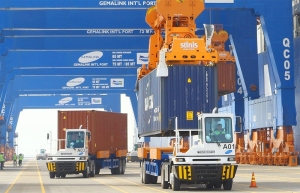
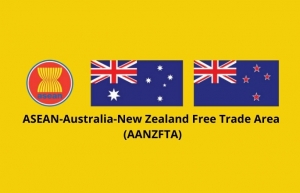
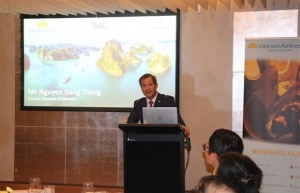
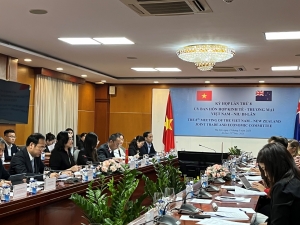
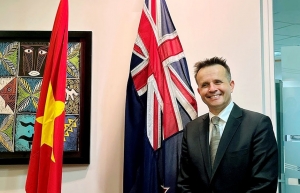
 Tag:
Tag:

















 Mobile Version
Mobile Version